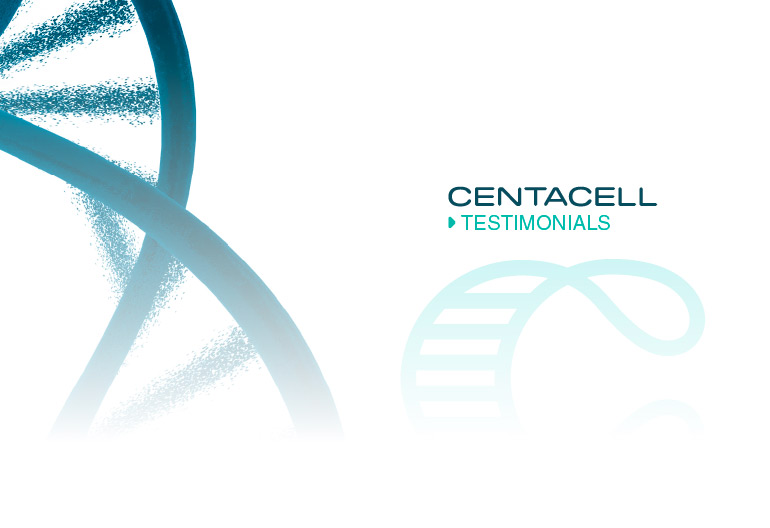How Could We Slow or Reverse the Human Aging Process and Extend the Healthy Life Span with Heterochronous Autologous Hematopoietic Stem Cell Transplantation
The senescence of the immune system contributes considerably to the age-related diseases that are the main causes of death after the age of 65. In this study, we present an appealing option for the prevention of immune senescence and slowing or reversing the aging process, which can be achieved by heterochronous autologous hematopoietic stem cell transplantation (haHSCT),
Read MoreStem Cell Therapy: A Promising Therapeutic Method for Intracerebral Hemorrhage
Spontaneous intracerebral hemorrhage (ICH) is one type of the most devastating cerebrovascular diseases worldwide, which causes high morbidity and mortality. However, efficient treatment is still lacking. Stem cell therapy has shown good neuroprotective and neurorestorative effect in ICH and is a promising treatment. In this study, our aim was to review the therapeutic effects, strategies, related mechanisms and safety issues of various types of stem cell for ICH treatment.
Read MoreStem/progenitor cells in liver injury repair and regeneration
Morbidity and mortality from cirrhosis is increasing rapidly in the world. Currently, orthotopic liver transplantation is the only definitive therapeutic option. However, its clinical use is limited, because of poor long-term graft survival, donor organ shortage and high costs associated with the procedure. Stem cell replacement strategies are therefore being investigated as an attractive alternative approach to liver repair and regeneration.
Read MoreStem cells: a promising source for vascular regenerative medicine
The rising and diversity of many human vascular diseases pose urgent needs for the development of novel therapeutics. Stem cell therapy represents a challenge in the medicine of the twenty-first century, an area where tissue engineering and regenerative medicine gather to provide promising treatments for a wide variety of diseases.
Read MoreStem cells: potential therapy for age-related diseases
Aging is associated with a progressive failing of tissues and organs of the human body leading to a large number of age-related diseases. Regenerative medicine is an emerging clinical discipline that aims to employ cellular medicines (normal cells, ex vivo expanded cells, or tissue-engineered organs) to restore the functions of damaged or defective tissues and organs and thus to "rejuvenate" the failing aging body.
Read MoreA Comprehensive Review of Stem Cells for Cartilage Regeneration in Osteoarthritis
Osteoarthritis (OA) is an age related joint disease associated with degeneration and loss of articular cartilage. Consequently, OA patients suffer from chronic joint pain and disability. Weight bearing joints and joints that undergo repetitive stress and excessive 'wear and tear' are particularly prone to developing OA.
Read MoreTransplanting Mesenchymal Stem Cells for Treatment of Ischemic Stroke
Stroke is a major disease that leads to high mortality and morbidity. Given the ageing population and the potential risk factors, the prevalence of stroke and socioeconomic burden associated with stroke are expected to increase. During the past decade, both prophylactic and therapeutic strategies for stroke have made significant progress.
Read MoreExosomes and Stem Cells in Degenerative Disease Diagnosis and Therapy
Stroke can cause death and disability, resulting in a huge burden on society. Parkinson's disease (PD) is a chronic neurodegenerative disorder characterized by motor dysfunction. Osteoarthritis (OA) is a progressive degenerative joint disease characterized by cartilage destruction and osteophyte formation in the joints.
Read MoreAlzheimer's disease, dementia, and stem cell therapy
Alzheimer's disease (AD) represents arguably the most significant social, economic, and medical crisis of our time. Characterized by progressive neurodegenerative pathology, AD is first and foremost a condition of neuronal and synaptic loss. Repopulation and regeneration of depleted neuronal circuitry by exogenous stem cells is therefore a rational therapeutic strategy.
Read More



